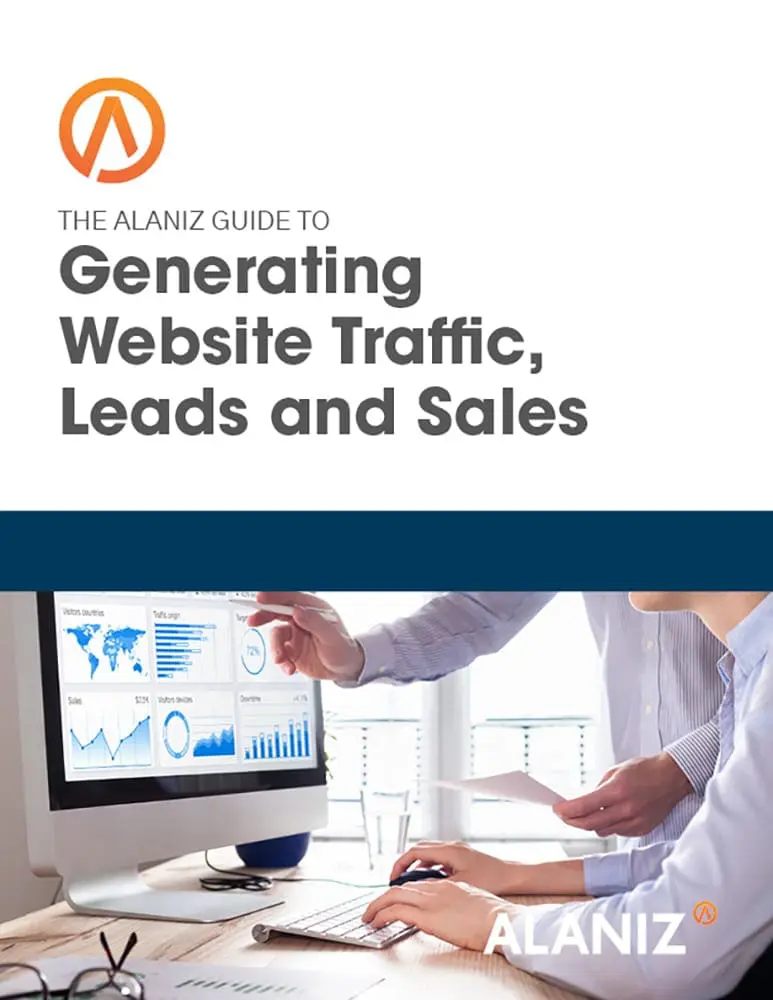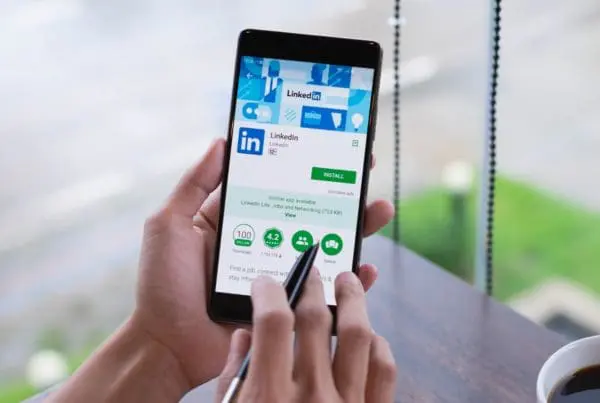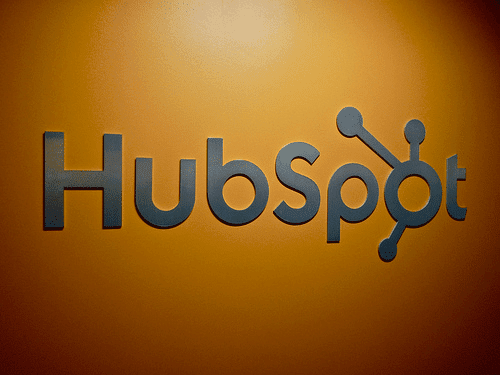This blog post is part of “The Ultimate Guide to Lead Generation” blog series.
A common mistake marketers make is that they assume that organic traffic is better than paid traffic. Organic traffic is what comes to you naturally as people search, either for your company or for the type of product or solution you offer. They see your content in the search results and the click to visit your site. Paid traffic is the kind that comes when you buy an ad on Google or some other platform. That ad appears when a certain keyword is entered in a Google search, and people click on it go get to your content.
Paid vs. Organic Traffic
People often assume that organic traffic is better because it’s a) it’s free, and b) represents a more serious search. In fact, neither are true.
First, it takes a heck of a lot of work to earn organic traffic. You have to optimize every page for search, blog regularly, and search for ways to get backlinks to your site in order to appear on the first page of search engine results. Unless you have a volunteer workforce that’s not free.
As far as organic traffic being more legit, Fahad Muhammad of Instapage notes, “Over 60 percent of users with the intent of purchasing a product click on PPC ads, even when presented with a wide array of organic search results.” Why? Because they know that they are more likely to get to an ecommerce page where they can get what they are looking for. Real customers click on ads first. So earned traffic isn’t necessarily more promising.
Even better, “users who arrive at your page after clicking a paid ad are 50% more likely to click on your CTA button.” Again, the likely reason is because the reason they clicked on the ad in the first place is because they are serious about making a purchase.
Mistakes to Avoid
That assume that you have a CTA (call to action). According to SEO guru Neil Patel, the number one mistake companies make is that they simply like their ads to their home page, and hope that the visitor will figure out how to contact the company on their own. That’s a recipe for failure because you’re making the visitor do all the work.
Also, if it’s true that people that click on an ad are close to making a purchase, you’re disappointing them by not giving them what they want. They want to either get more information, get in contact with someone, or otherwise, make sure your product or service is right for them.
Call to Action
Instead, link your ads to a landing page with a clear CTA–an offer of some kind that you’ll give in exchange for getting someone’s email address. This will make your Adwords ads far more effective.
Tune your offer to what will help you understand the visitors interest. A general overview of your product category is great for people who are just starting to research solutions. A product comparison is great for people that are trying to figure out what type of solution is right for them. A coupon, price sheet, or consultation offer suggests they are ready to buy.
Adwords can be a powerful generator of traffic, leads and sales. They are most powerful when linked to good landing pages with relevant calls to action that will help you understand who is visiting your site and what they are looking for. Then you can follow up as appropriate, nurture anonymous visitors into leads, and leads into sales.
This blog post is part of “The Ultimate Guide to Lead Generation” blog series.




